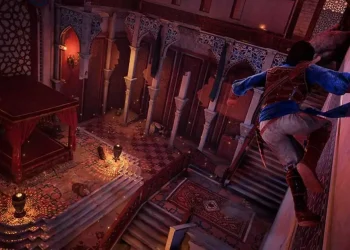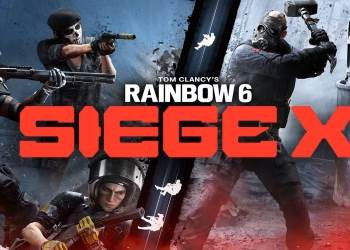Assassin’s Creed: Shadows stands out visually on PC, largely thanks to its use of real-time ray tracing global illumination (RTGI). Ubisoft recently shared some great details about why they moved away from traditional pre-baked lighting techniques for this game.
During a GDC 2025 talk, Ubisoft’s Nicolas Lopez revealed that baking the lighting for Assassin’s Creed: Shadows would have taken two full years and required a staggering 2TB of data—that’s just for the lighting alone. This explains why many games don’t match the lighting quality of titles like AC: Unity or Uncharted 4 and why RTGI is becoming more common.
To put things in perspective, AC: Unity’s baked lighting was top-notch but limited by a more miniature world and a fixed time of day. Later entries like AC: Syndicate introduced dynamic times of day but sacrificed some lighting quality. By the time AC: Origins rolled around, baking lighting would have needed 450GB of data and three months of processing, so Ubisoft opted for a more efficient but less detailed solution, shrinking the data to just 9 GB.
While pre-baked lighting can produce great results, it comes with huge time, storage, and flexibility costs. For open-world games with dynamic environments, it’s just not practical anymore. Real-time ray tracing offers a way to deliver impressive visuals without those massive overheads.
Ubisoft’s experience shows that RTGI can save developers time and reduce game sizes, which is a big deal when players grumble about 100GB installs. It’s clear that pre-baked lighting is becoming a relic of the past for large, dynamic worlds.
What do you think about this shift toward real-time lighting? Does the trade-off between visual fidelity and practicality make sense to you? Drop your thoughts in the comments below.


























